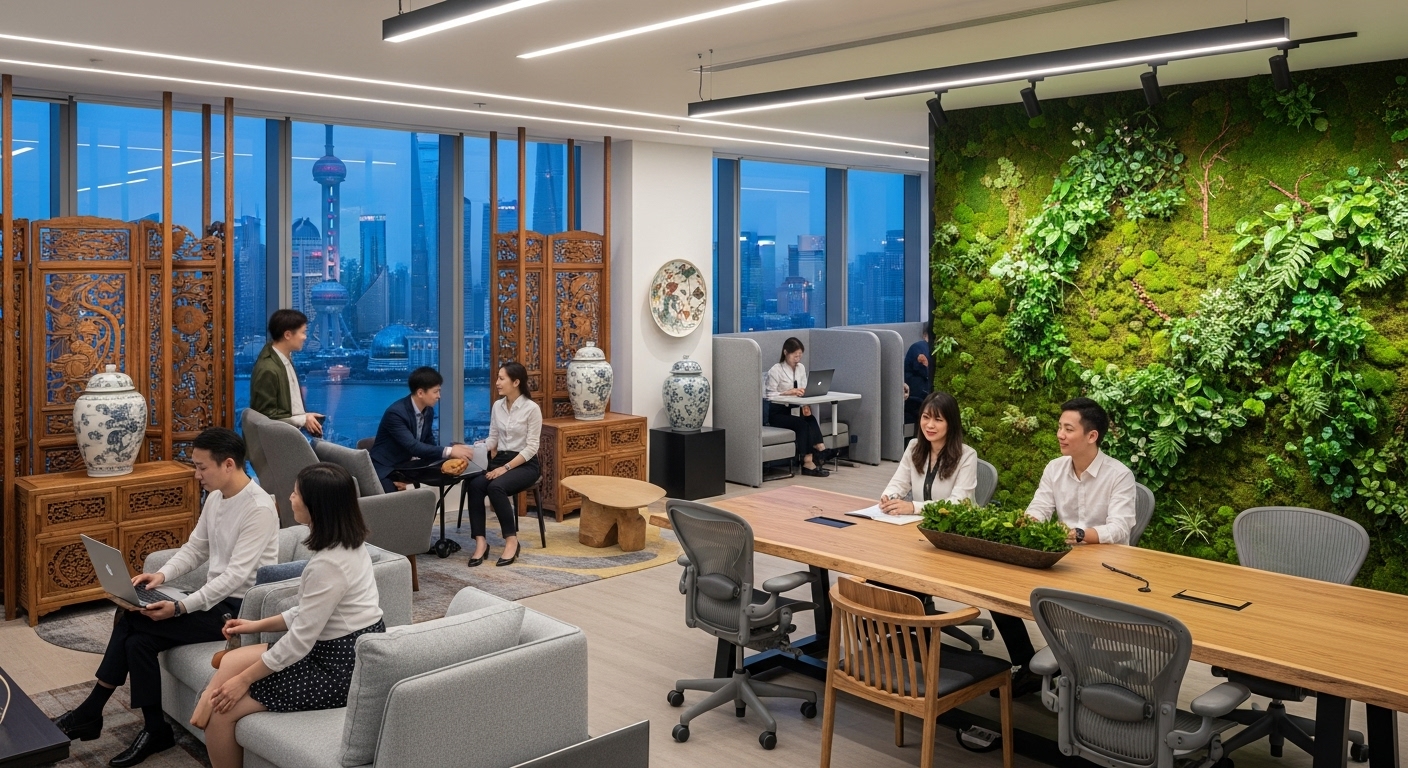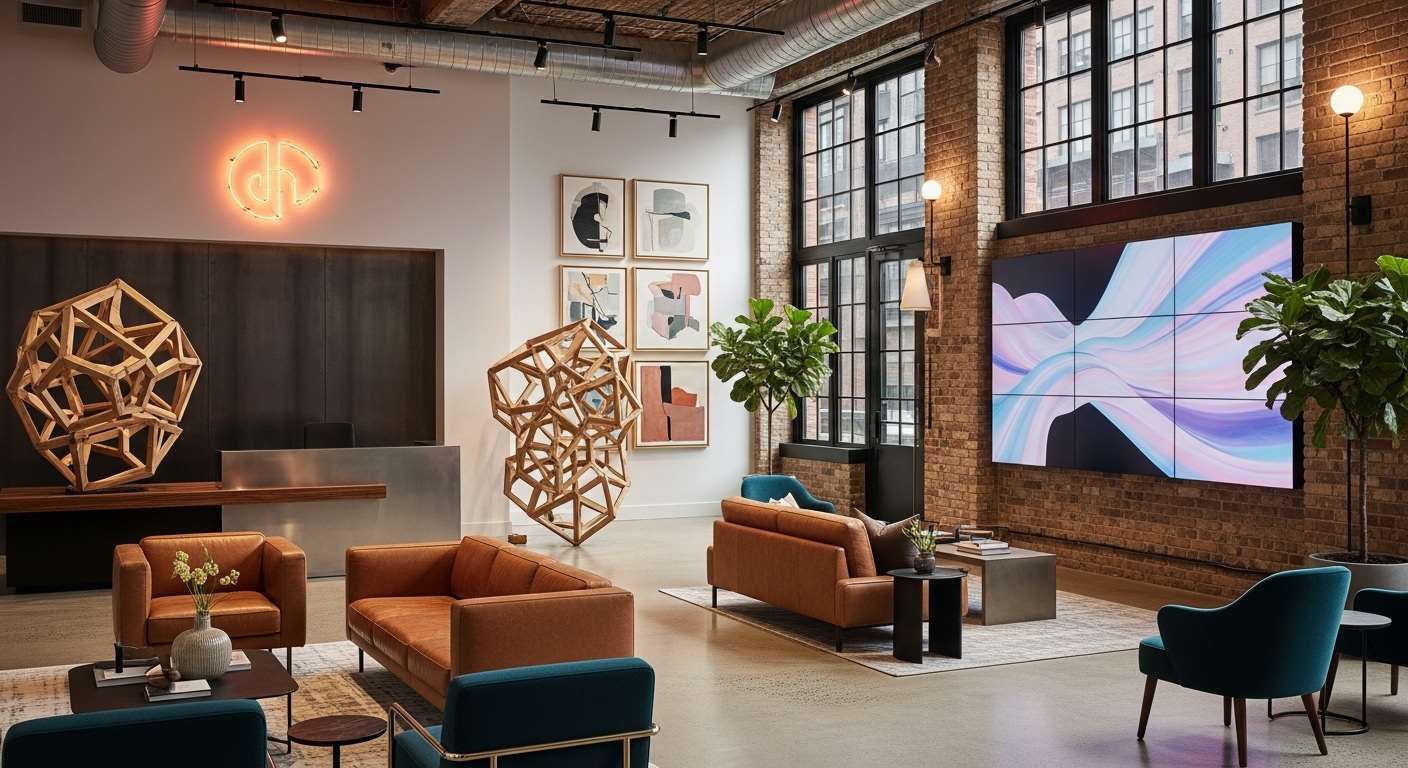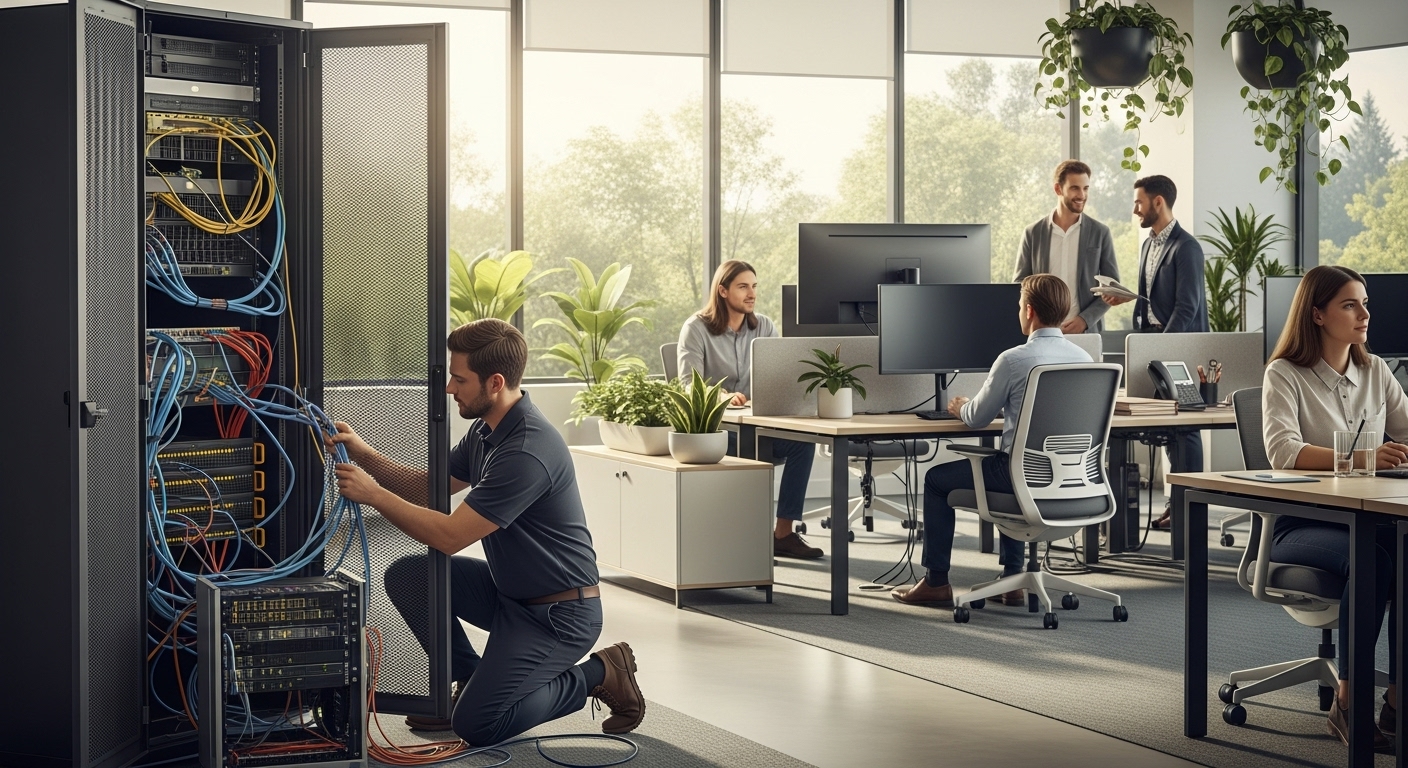The modern workplace is in a constant state of flux, and nowhere is this more apparent than in the dynamic, forward-thinking business landscape of China’s commercial heart. The static sea of cubicles and corner offices that once defined corporate life is giving way to a more fluid, human-centric, and technologically integrated approach to office layout design. This evolution is not merely about aesthetics; it’s a strategic response to the shifting demands of a post-pandemic workforce, the drive for greater operational efficiency, and a renewed focus on employee well-being as a core driver of productivity. As companies compete for top talent, the office environment itself has become a critical component of brand identity and a powerful tool for fostering a culture of innovation and collaboration. The trends emerging are setting a new global standard, blending agility with intelligent design to create spaces that are as functional as they are inspiring, directly addressing the needs of a diverse and highly skilled workforce.
The rise of the agile framework
The most significant shift in contemporary office design is the departure from rigid, hierarchical layouts to what is now known as the agile or flexible framework. This model is built on the principles of Activity-Based Working (ABW), which posits that employees should be empowered to choose a work setting that best suits the task at hand. The one-size-fits-all approach is obsolete. Instead, the modern office is a diverse ecosystem of zones: open-plan areas for collaboration, sound-proofed pods for focused deep work, informal lounge areas for spontaneous meetings, and technologically equipped conference rooms for hybrid collaboration. In a bustling metropolis like Shanghai, where real estate is at a premium and business moves at lightning speed, this adaptability is crucial. Companies are utilizing modular furniture, movable partitions, and multifunctional spaces that can be reconfigured overnight—transforming a collaborative workshop area into a client presentation space with minimal effort. This fluidity not only maximizes the utility of every square meter but also supports a more dynamic and responsive workflow, breaking down departmental silos and encouraging cross-functional interaction. The agile office is a living entity, designed to evolve in lockstep with the organization it houses.
Biophilic design and the wellness imperative
Employee well-being has moved from a peripheral concern to a central pillar of strategic office design. This has given rise to the widespread adoption of biophilic design, a concept centered on connecting people with nature within the built environment. The sterile, artificial office environments of the past are being replaced with spaces rich in natural light, organic materials, and living greenery. Features like indoor plants, green walls, and water installations are no longer mere decorations; they are essential components proven to reduce stress, improve air quality, and boost cognitive function. This connection to nature is complemented by a focus on physical and mental health through other design choices. Ergonomic furniture that adapts to individual needs is now standard, as are wellness rooms for meditation or quiet reflection. The layout itself is planned to encourage movement, with central hubs and appealing staircases promoting walking over taking the elevator. This holistic focus on creating a healthy, restorative environment is a direct investment in the organization’s most valuable asset: its people. It acknowledges that a workspace that cares for its occupants is a workspace that fosters loyalty, creativity, and sustained performance.
Integrating smart technology seamlessly
Technology is the invisible backbone of the modern office, and its integration is becoming ever more seamless and intuitive. The goal is to create a frictionless experience for employees, where the environment anticipates and responds to their needs. This goes far beyond providing Wi-Fi and video conferencing tools. Today’s smart offices feature integrated systems that control lighting, temperature, and even air quality based on occupancy and time of day, optimizing for both comfort and energy efficiency. Room booking systems managed through mobile apps eliminate scheduling conflicts, while smart conference rooms equipped with interactive whiteboards and wireless presentation tools facilitate effortless collaboration between in-person and remote team members. Touchless technology, an accelerated trend, is now common for entry points, elevators, and even coffee machines, enhancing hygiene and convenience. The data generated by these IoT devices is also becoming a powerful tool for facility managers, providing insights into space utilization that can inform future design iterations. This data-driven approach ensures the office layout isn’t based on assumptions but on a clear understanding of how employees actually work, creating a truly optimized and responsive workplace.
The fusion of cultural identity and modern design
A particularly compelling trend emerging from the East is the fusion of traditional aesthetics with contemporary and flexible workspace design. Rather than adopting a generic globalized look, companies are creating environments that are culturally resonant and uniquely local. This involves the thoughtful incorporation of traditional materials like bamboo, reclaimed wood, and natural stone alongside modern industrial elements. Design motifs, patterns, and art inspired by local culture are used to create a strong sense of place and identity. This approach is more than just a stylistic choice; it’s about crafting an authentic brand experience that connects with both employees and clients on a deeper level. In a city as rich in history and as forward-looking as Shanghai, this blend of heritage and innovation is particularly potent. It creates workspaces that feel both grounded and aspirational, reflecting a deep respect for the past while embracing the possibilities of the future. This unique design language helps differentiate companies in a competitive market and fosters a strong sense of pride and belonging among the local workforce.
Sustainability as a core design principle
Sustainability is no longer an optional add-on but a fundamental requirement in office layout design. This reflects a broader corporate commitment to environmental, social, and governance (ESG) principles. The focus extends from macro-level decisions, such as seeking LEED or WELL certifications, down to the micro-details of material selection. Designers are prioritizing the use of recycled, renewable, and locally sourced materials to minimize the office’s carbon footprint. Energy-efficient systems are a given, with smart lighting and HVAC systems playing a crucial role in reducing consumption. Water conservation is addressed through low-flow fixtures, and comprehensive waste management programs are integrated into the office’s operational plan from day one. Beyond the environmental impact, a sustainable workspace also contributes to employee well-being. Using low-VOC (volatile organic compound) paints and materials improves indoor air quality, which has a direct impact on health and productivity. By creating a green and healthy workplace, companies are not only being responsible global citizens but also appealing to a new generation of talent that places a high value on corporate ethics and environmental consciousness.
Designing for neurodiversity and inclusion
The evolution of office design is moving towards creating spaces that are not just flexible but also truly inclusive. A key aspect of this is designing for neurodiversity, which recognizes that people have different sensory and cognitive needs. The open-plan office, while beneficial for some forms of collaboration, can be overwhelming and distracting for others. A neuro-inclusive layout provides a variety of environments to accommodate this diversity. This includes quiet zones with minimal auditory and visual stimuli for focused work, private pods for individual concentration, and dynamic collaborative areas where higher levels of interaction are encouraged. The design also considers sensory inputs carefully. This means providing adjustable lighting, managing acoustics through sound-absorbing materials, and offering different types of seating and workstations. By providing choice and control over their environment, organizations can empower all employees to work in a way that is most comfortable and productive for them. This commitment to inclusivity is a hallmark of a mature and people-centric organization, particularly in a global business hub like Shanghai, which attracts a diverse talent pool from around the world. It sends a powerful message that every individual is valued and supported.
In conclusion, the modern office layout is a complex and strategic discipline that balances the demands of technology, culture, and human well-being. The cookie-cutter offices of the past are being replaced by dynamic, multi-faceted environments that reflect the unique identity and operational needs of the organization. Key trends like agile frameworks, biophilic design, smart technology integration, and sustainability are no longer aspirational concepts but essential components of a high-performance workspace. The most forward-thinking designs also embrace cultural context and the principles of neuro-inclusive design, creating spaces that are not only efficient but also deeply human. As the nature of work continues to evolve, the office will increasingly be seen not just as a place to work, but as a destination—a hub for collaboration, a center for culture, and a tangible expression of a company’s vision for the future. For businesses looking to thrive, investing in thoughtful, strategic office design is no longer a choice, but an imperative for success.





